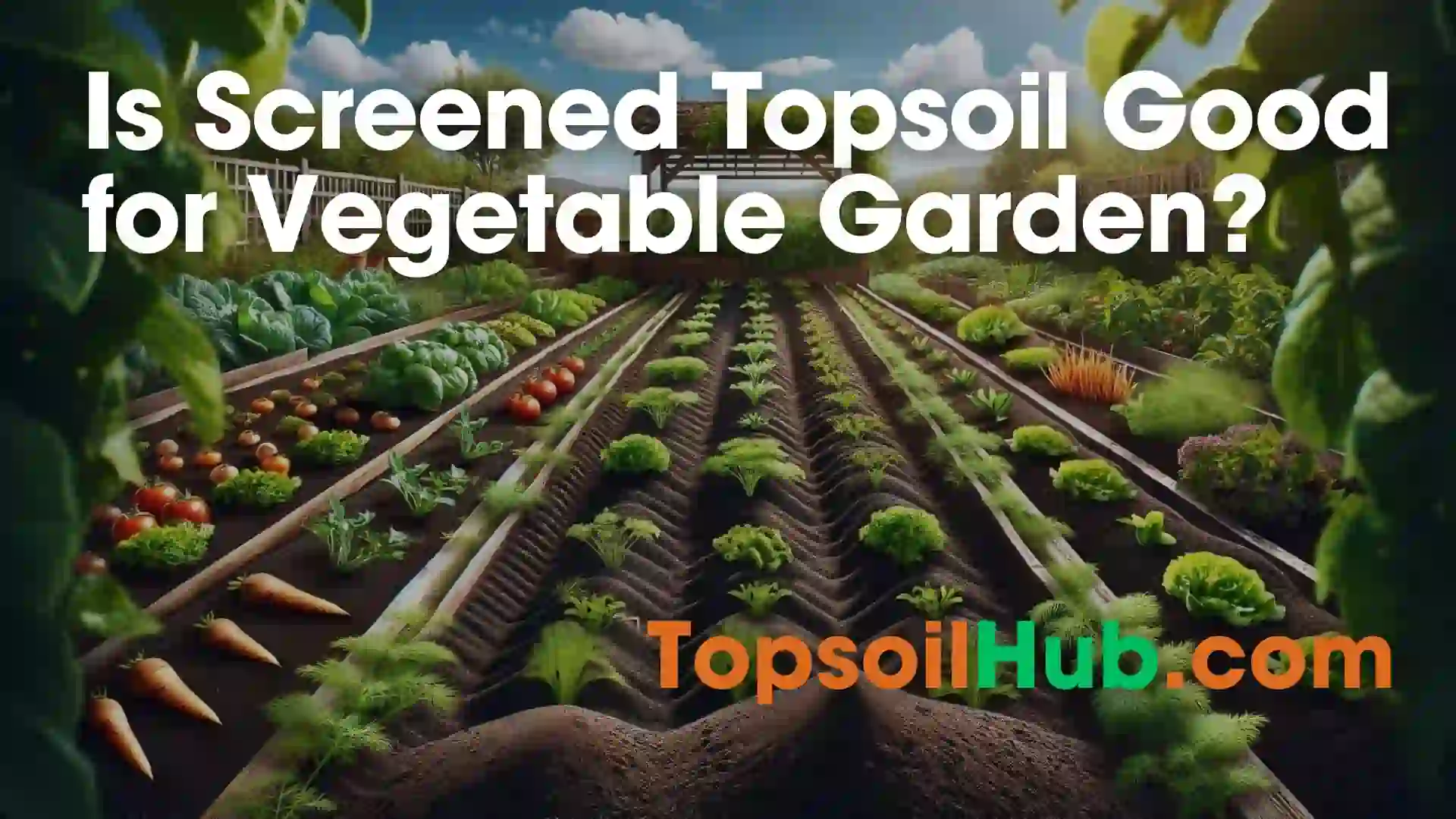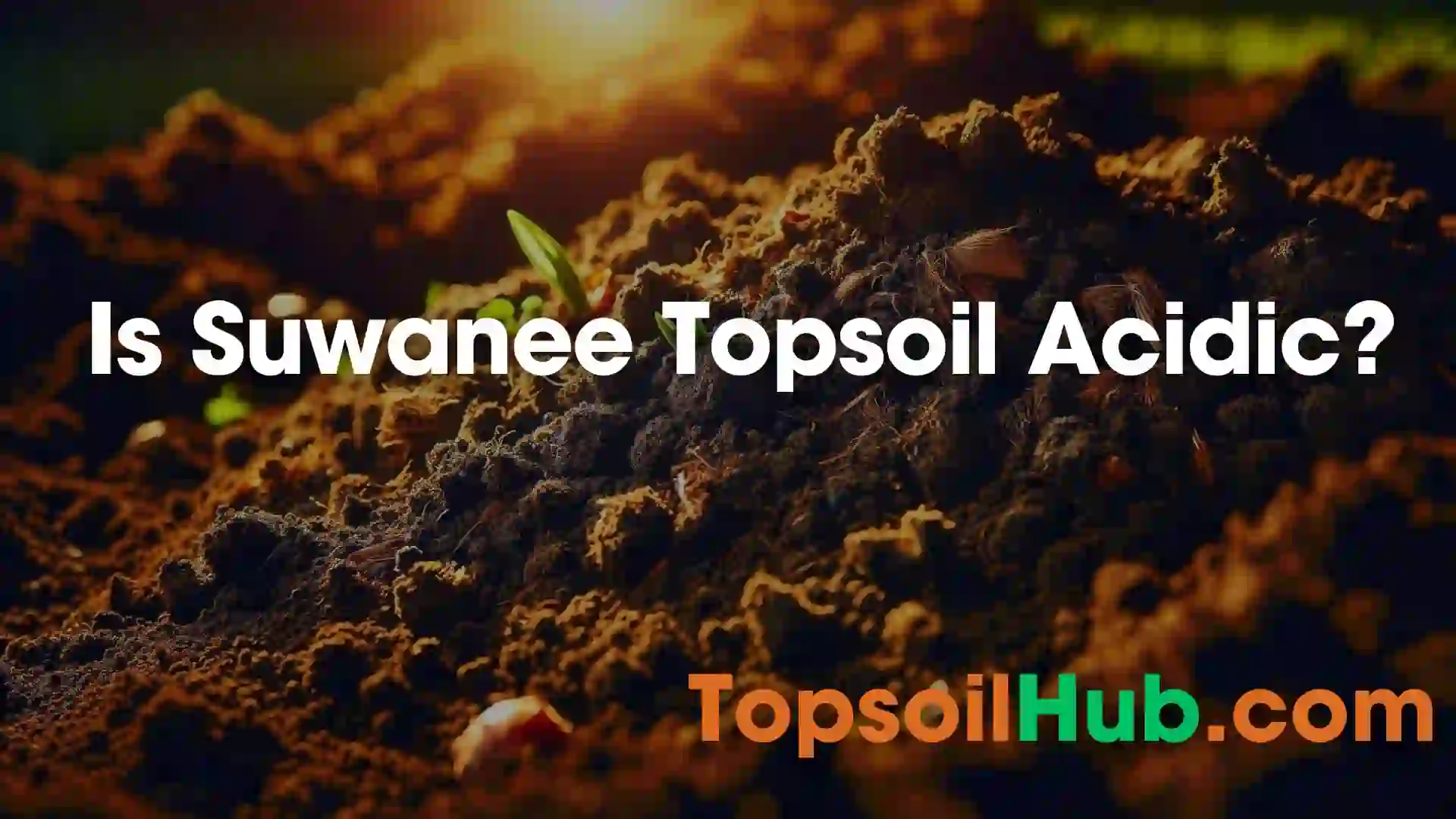Is Topsoil Sticky and Cohesive? Here’s What You Need to Know
As a gardener, farmer, or landscaper, you probably know that soil isn’t just dirt. In addition to minerals, organic matter, water, air, and living organisms, soil also consists of different layers with varying depth, texture, color, and composition.
Among the most important soil layers is the topsoil, which has the highest concentration of organic matter and microorganisms. Biological activities like decomposition, nutrient cycling, and plant growth happen here.
But have you ever wondered why topsoil feels sticky when wet or crumbly when dry? Or why do some topsoils hold together better than others? In other words, is topsoil sticky and cohesive?
In this blog post, we’ll answer this question by exploring what topsoil is, why it is sticky and cohesive, and how it affects plant growth. Let’s get started!
What is Topsoil?
The topsoil is normally 5-10 inches (13-25 cm) deep and is made up of mineral particles (sand, silt, and clay) and organic matter (dead plants and animals). It enables the movement of water and air, which encourages biological activity.
Generally, topsoil has a high concentration of roots since it provides plants with most of their vital nutrients, in addition to hosting a rich microbiome, including bacteria, fungi, insects, worms, and other microorganisms. As well as breaking down organic matter into forms plants can absorb, they exchange nutrients with plants and improve soil structure.
Is Topsoil Sticky and Cohesive? – Quick Answer
Yes, Topsoil becomes sticky when wet and can be cohesive when dry.
It is made up of particles that are closely bound together and can range from loose and sandy soils to compact clay soils. These soils have different properties, such as water retention, drainage, and compaction. The size and type of particles in soils can also affect their stickiness.
Why is Topsoil Sticky and Cohesive?
Topsoil’s stickiness and cohesiveness depend largely on its texture, water content, organic matter content, and biological activity.
Texture refers to the relative proportions of sand, silt, and clay in topsoil. Sand particles are the largest (0.05-2 mm), silt particles are medium-sized (0.002-0.05 mm), and clay particles are the smallest (<0.002 mm). The smaller the particles, the more surface area they have and the more water they can hold. Clay particles also have a negative charge that attracts positively charged ions (cations), such as calcium, magnesium, and potassium. These cations act as bridges between clay particles and make them stick together.
Water content refers to the amount of water present in topsoil. Water molecules are polar, meaning they have a positive end and a negative end. This makes them attract each other and form hydrogen bonds. Water molecules also attract soil particles, especially clay particles, and form a thin film around them. This film increases the stickiness and cohesiveness of topsoil when it is wet.
Organic matter content refers to the amount of dead plants and animals in topsoil. Organic matter can be classified into two types: active and stable. Active organic matter is fresh and decomposes quickly by soil organisms. It releases nutrients and carbon dioxide into the soil. Stable organic matter is older and decomposes slowly by soil organisms. It forms humus, a dark-colored substance that binds soil particles together and improves soil structure.
Biological activity refers to the actions of soil organisms in topsoil. Soil organisms include bacteria, fungi, insects, worms, and other animals. They feed on organic matter and soil particles and produce waste products such as exudates, mucilage, and polysaccharides. These substances act as glues that hold soil particles together and increase the stickiness and cohesiveness of topsoil.
How Does Topsoil’s Stickiness and Cohesiveness Affect Plant Growth?
Topsoil’s stickiness and cohesiveness have both positive and negative effects on plant growth. On the one hand, they help create a good soil structure that allows water and air to infiltrate and drain properly, prevents soil erosion, and supports root penetration. On the other hand, they can also cause problems such as waterlogging, compaction, crusting, and nutrient leaching if they are too high or too low.
Therefore, it is important to maintain a balance between topsoil’s stickiness and cohesiveness by managing its texture, water content, organic matter content, and biological activity. Some practices that can help achieve this balance are:
- Adding organic matter such as compost, manure, or mulch increases topsoil’s fertility, water retention, and aggregation.
- Avoid excessive tillage or disturbance that can break up topsoil’s aggregates and expose it to erosion or compaction.
- Applying lime or gypsum to adjust topsoil’s pH or cation exchange capacity if they are too low or too high.
- Rotating crops or planting cover crops to enhance topsoil’s diversity, productivity, and resilience.
- Controlling weeds or pests that can compete with or damage topsoil’s plants or organisms.
Conclusion
In conclusion, topsoil is the upper layer of soil that contains organic matter and microorganisms. It is where most of the biological soil activity occurs. Topsoil’s stickiness and cohesiveness depend on its texture, water content, organic matter content, and biological activity. They affect plant growth by influencing soil structure, water retention, nutrient availability, root penetration, and erosion resistance.
So yes, topsoil is sticky and cohesive. But it is not always a bad thing. It can also be a good thing if it is managed properly. By following some simple practices, you can improve your topsoil’s quality and boost your plant’s health.
I hope you enjoyed reading this blog post and learned something new about topsoil. If you have any questions or comments, please feel free to leave them below. Thank you for your attention!







